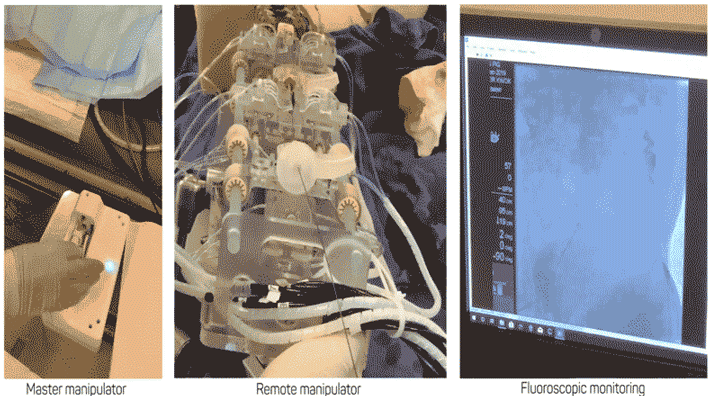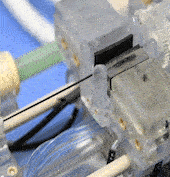In-vivo Validation of a Novel Robotic Platform for Endovascular Intervention
https://www.embs.org/tbme/wp-content/uploads/sites/19/2023/05/TBME-00485-2022-Website-Image-Resized.gif
710
396
IEEE Transactions on Biomedical Engineering (TBME)
//www.embs.org/tbme/wp-content/uploads/sites/19/2022/06/ieee-tbme-logo2x.png
This study demonstrates a pneumatically propelled robot for endovascular intervention via in-vivo trials on porcine models, showing potential for improving robot-assisted endovascular procedures, and paving the way for clinical translation.
read more


